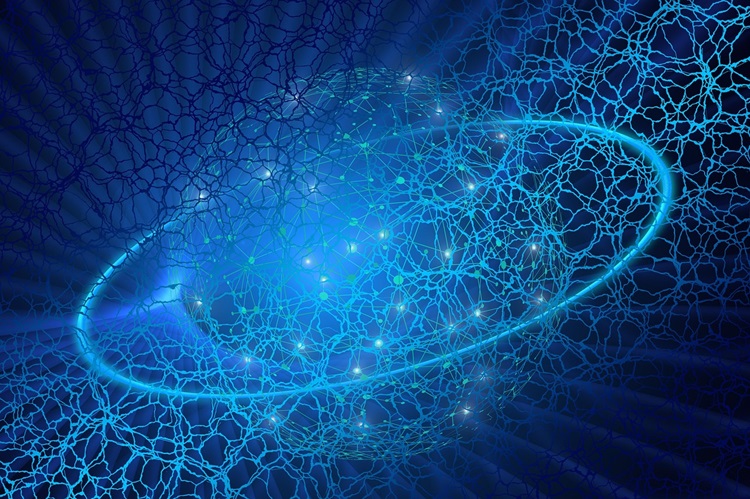Nature never ceases to amaze us with its diverse and extraordinary creations. From the majestic elephants to the tiny hummingbirds, the animal kingdom is full of wonders. Among these wonders are animals that bear an uncanny resemblance to humans. Whether it’s their facial expressions, body postures, or even their hairstyles, these creatures have captivated our attention and sparked our imagination. In this article, we will explore some of the most intriguing animals who look like people and delve into the reasons behind their striking similarities.
The Primates: Our Closest Relatives
Primates, the order of mammals that includes humans, share a remarkable resemblance to us. With their expressive faces, opposable thumbs, and complex social structures, it’s no wonder they often remind us of ourselves. Among the primates, the great apes stand out as our closest relatives. Chimpanzees, for instance, share about 98% of our DNA, making them our closest living relatives in the animal kingdom. Their facial features, such as prominent brows and expressive eyes, bear a striking resemblance to ours. Additionally, their ability to use tools and exhibit problem-solving skills further highlights their similarity to humans.
The Canine Connection: Dogs and Their Human-like Expressions
Dogs have been our loyal companions for thousands of years, and it’s no surprise that they often display human-like expressions. Research has shown that dogs have evolved to understand human social cues and can even mimic some of our facial expressions. This ability to communicate with humans through their expressions has contributed to their success in becoming “man’s best friend.” The raised eyebrows, tilted heads, and even smiles that dogs exhibit can make them appear remarkably human-like. This connection between humans and dogs goes beyond physical resemblance and extends to the emotional bond we share with these remarkable animals.
The Feathered Mimics: Birds That Resemble Humans
While birds may not be the first creatures that come to mind when thinking of animals who look like people, there are some species that bear a striking resemblance to us. The African grey parrot, for example, is known for its exceptional ability to mimic human speech and even understand the meaning behind some words. These intelligent birds can learn an extensive vocabulary and use it to communicate with humans. Additionally, the crested auklet, a seabird found in the North Pacific, has a unique appearance that resembles a person wearing a hairstyle. Its distinctive crest, which can be raised or lowered depending on its mood, gives it an uncanny resemblance to a human with styled hair.
The Underwater Resemblance: Dolphins and Their Human-like Behavior
Dolphins, with their playful nature and high intelligence, have long fascinated humans. Not only do they exhibit complex social structures and communication skills, but they also display behavior that is reminiscent of humans. Dolphins are known to engage in activities such as surfing, playing with objects, and even displaying a sense of humor. Their ability to form strong emotional bonds and show empathy towards others further strengthens the connection between dolphins and humans. Their sleek bodies and facial features, including a smile-like appearance due to the shape of their mouths, contribute to their human-like appearance.
Conclusion:
The animal kingdom is full of surprises, and the existence of animals who look like people is no exception. Whether it’s the primates with their striking resemblance to humans, dogs with their ability to mimic our expressions, birds that can imitate human speech, or dolphins with their human-like behavior, these creatures continue to captivate our imagination. While the reasons behind these resemblances vary from shared evolutionary traits to our own perception biases, they remind us of the interconnectedness of all living beings on our planet. So, the next time you encounter an animal that bears a resemblance to a person, take a moment to appreciate the wonders of nature and the diversity it offers.








